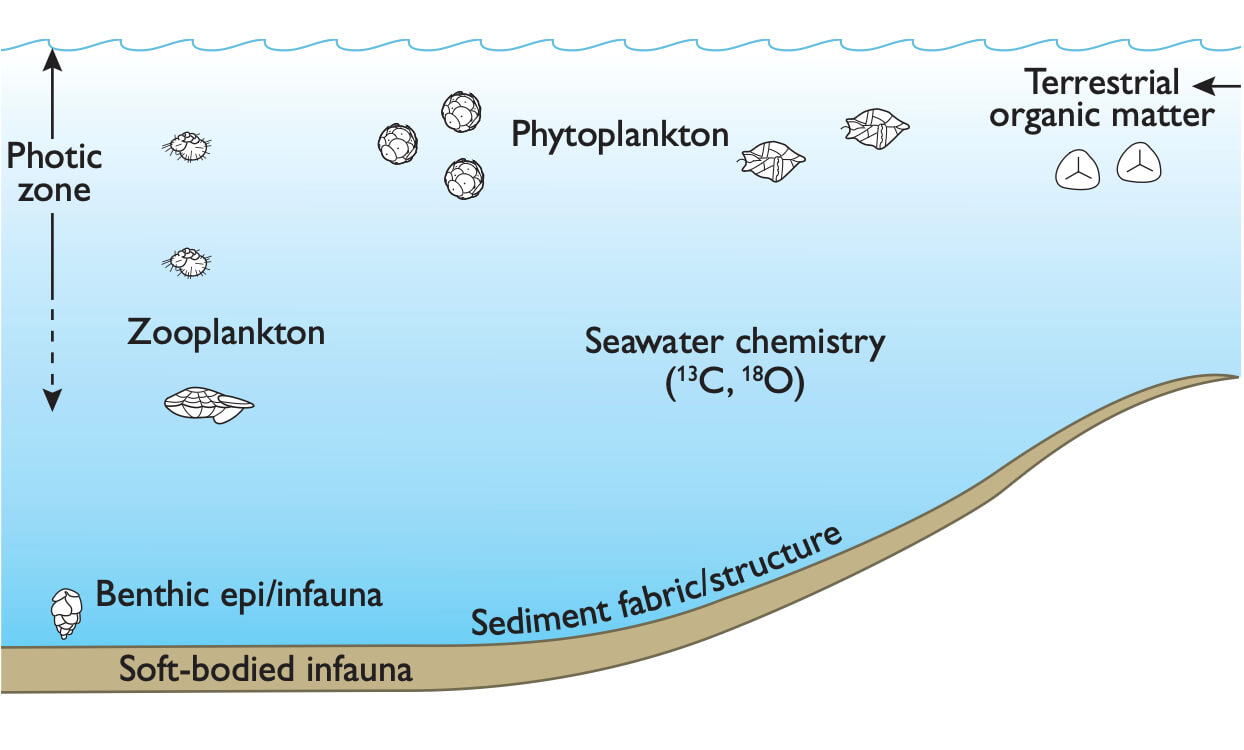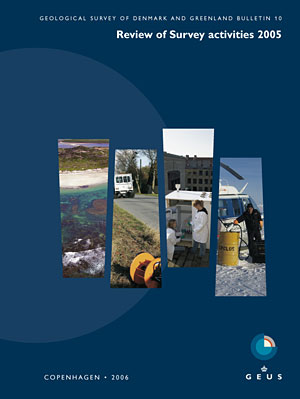
How to Cite
Share
Abstract
Upper Maastrichtian chalks form important hydrocarbon reservoirs in the Danish sector of the North Sea and have been intensively studied, yet their lithological uniformity can frustrate attempts to develop a high-resolution stratigraphic subdivision and a genetic understanding of the factors controlling production and sedimentation of the pelagic carbonate ooze. Recent research into these topics, supported by the Danish Energy Authority, was carried out by the Geological Survey of Denmark and Greenland (GEUS) in collaboration with the Geological Institute, University of Copenhagen by means of a multidisciplinary study involvingquantitative/semiquantitative palynology, micropalaeontology (nannofossils, foraminifers) and isotope geochemistry, integrated with detailed sedimentology. Two key wells were selected, the M-10X well from the Dan Field and the E-5X well from the Tyra SE Field (Fig. 1), based on the extensive core coverage in these wells and on their position in the southern part of the Danish Central Graben where evidence of large-scale resedimentation (and consequent stratigraphic complexity) is uncommon within the Maastrichtian section. In focusing on such a pelagic carbonate system, the ultimate aim is a holistic understanding of the marine system including temperature variation, nutrient supply and distribution, salinity, watermass layering, circulation and oxygen distribution. All these factors influence organic productivity and thus the accumulation of biogenic sediment. This study concentrated on a number of palaeoceanographic signals that can be derived from the sedimentary record, summarised in Fig. 2. Planktonic organisms, both phytoplankton (e.g. coccolithophores, some dinoflagellates) and zooplankton (e.g. foraminifers) provide a record of conditions in the upper water masses, largely within the photic zone, while bottom conditions are indicated by epifaunal/infaunal organisms (e.g. benthic foraminifers) and bioturbation, and by the sedimentological evidence of depositional processes at the sea floor. On a larger scale, the input of terrestrial organic material relative to the marine component can provide an indirect measure of shoreline migration and thus relative sea-level change, a factor that is also reflected in the δ13C isotopic composition of the seawater, as recorded by the biogenic carbonate ooze.
How to Cite
Share
Downloads
Editors: Martin Sønderholm & A.K. Higgins
The Review of Survey activities presents a selection of 15 papers reflecting the wide spectrum of activities of the Geological Survey of Denmark and Greenland, from the microscopic to the plate tectonic level.
Activities in Denmark: The Survey's field of activities in Denmark is illustrated by four papers on [...]










